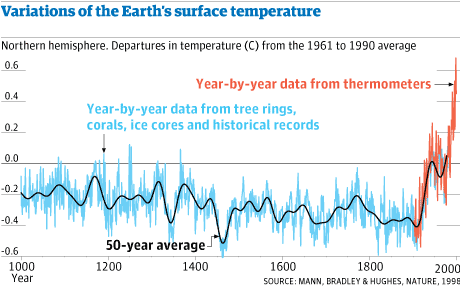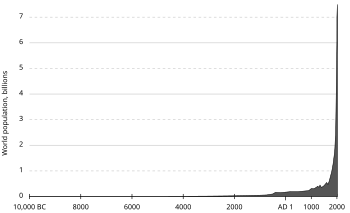This is
Elon Musk. You may well have heard of him. He's a big shot in technology world. He got rich from PayPal and now uses that money to involve himself with companies that aim to save and better the world:
Tesla,
SolarCity,
SpaceX,
Hyperloop. My claim, not necessarily his. He only came to my attention pretty late on in his career.
About a year ago, I was pointed towards
a keynote speech debuting the
Tesla Powerwall. I am typically sceptical of these tech company keynotes (
cough, Apple), rolling out the likes of Bono with endless hyperbole, name drops, a carefully selected crowd, and the criminal combination of straight-legged jeans and trainers (
Brady Haran of Hello Internet (16:00 in) captures this sentiment far better than I did). The first minute of the most recent
Apple keynote doesn't disappoint. However, the moment the cameras cut to reveal that the entire keynote was being powered by a system of solar-charged Powerwalls... I was hooked. I suppose Elon is a good personification of this blog:
an attempt to investigate the capacity for commercialising sustainable technologies that optimise human wellbeing without detriment to the wellbeing of the environment.
And so a strange fascination with technology began. I'm certainly no expert. I'd describe myself more as someone who likes the
idea of it, rather than knowing anything specific about it. I think it's the jargon that puts me off. But I do know that there is a significant public perception that
technology cannot be trusted. I disagree with this sentiment. There is so much to gain from such rapid developments. What I can't be sure of though, is whether these rapid developments are too late to have any significant application to climate management, when we are most in need of it. Are
giant space umbrellas in orbit the answer to our prayers, or are they just a big joke?
Join me on my journey to attempt to answer these questions. I am a student of climate change at UCL. I am interested in technology. I am interested in the climate. I am interested in the role of technology in managing the climate. Because I know so little about technology I really have no idea of its true capacity or feasibility in this field, but I aim to find out. Read, comment, discuss, share, and most importantly, tell me if I'm wrong.





